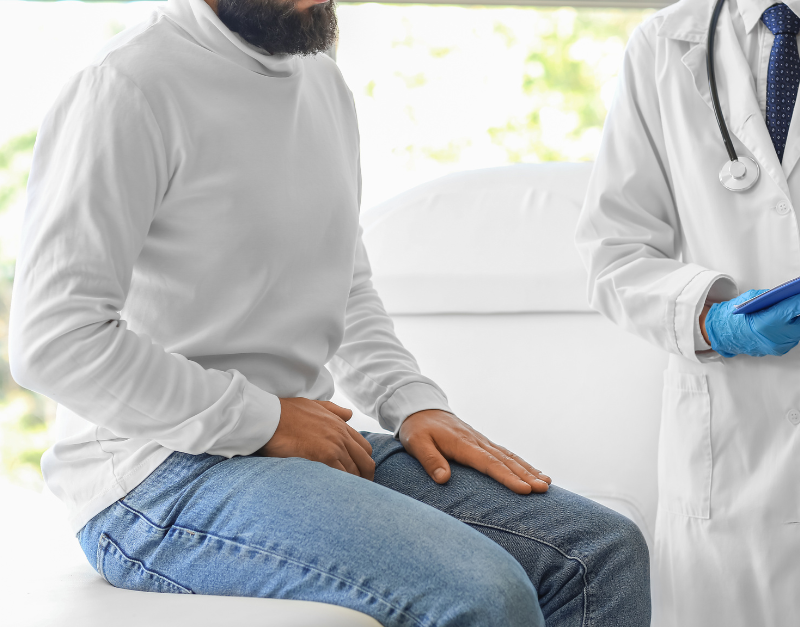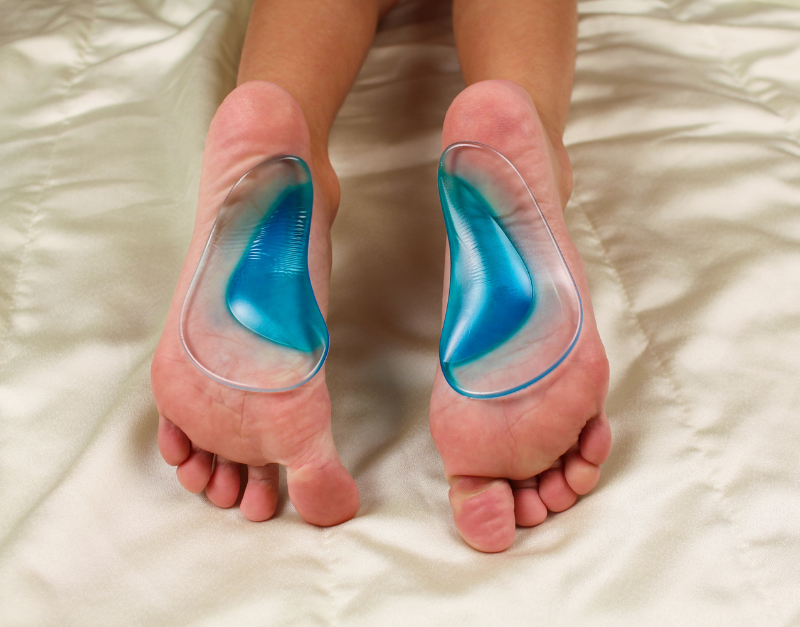
Quality Treatment With Super Affordable Price
Best Physiotherapy Treatment India
Call us anytime
Write a mail

Sexual intimacy is an essential aspect of a healthy romantic relationship these days. Many individuals are curious about ways to enhance their sexual experiences, including increasing the duration of intercourse. While there’s no magical formula, incorporating specific exercises into your routine can improve sexual stamina. This blog explores the connection between movement and sexual timing and discusses how fitness can positively impact your intimate life. Physiotherapy in Gurgaon, by an experienced physiotherapist will help you increase sexual stamina. The Link Between Exercise and Sexual Stamina Exercise has long been associated with numerous physical and mental health benefits, from cardiovascular fitness to stress reduction. Regarding sexual stamina, specific activities can indirectly contribute to better performance and endurance. Here’s how: Exercises to Consider While there’s no “one-size-fits-all” approach to increasing sexual stamina, specific exercises can be particularly beneficial: Balancing Expectations It’s essential to approach the idea of using exercises to increase sexual timing with realistic expectations. While exercise can undoubtedly improve stamina and performance, it’s not a guaranteed solution for everyone. Individual factors such as age, health condition, and lifestyle play a significant role in sexual function. Furthermore, communication with your partner is crucial. Discussing your desires and concerns can lead to a more understanding and satisfying sexual relationship. Conclusion Engaging in regular exercise not only benefits your overall health but can also positively impact your sexual experiences. While there’s no magic formula for increasing sexual timing, incorporating practices that improve cardiovascular fitness, muscular endurance, flexibility, and stress reduction can potentially contribute to longer-lasting and more satisfying intimate moments. Remember, the journey to enhanced sexual stamina is just one aspect of cultivating a healthy and fulfilling romantic relationship. Don’t think twice and visit Gold Medal Physiotherapy for a happy relationship.

Aging is a natural part of life, bringing many experiences, wisdom, and personal growth. However, as we age, body changes can impact various aspects of our lives, including sexual health and vitality. It is where Physiotherapy in Gurgaon comes into play. Physiotherapy, often associated with recovering from injuries, also plays a crucial role in helping individuals maintain their sexual vitality as they age. In this blog, we’ll delve into how physiotherapy can contribute to aging gracefully by supporting sexual health and intimacy. Understanding the Impact of Aging on Sexual Health As individuals age, physiological changes occur that can affect sexual health: The Role of Physiotherapy in Sexual Vitality Physiotherapy, often associated with injury rehabilitation, plays a vital role in addressing the changes related to aging and supporting sexual vitality: Tailored Approaches for Individuals One of the strengths of physiotherapy lies in its individualized approach. Physiotherapists in Gurgaon at home work closely with clients to develop personalized plans addressing their needs and concerns. Whether it’s strengthening specific muscle groups, addressing joint mobility, or offering guidance on managing sexual health changes, the approach is tailored to the individual. Embracing Open Communication Communication becomes even more crucial as we age in maintaining a satisfying and fulfilling sexual relationship. Openly discussing changes in sexual health with a physiotherapist can empower individuals and couples to find practical solutions, enhancing their overall quality of life. Conclusion Aging gracefully involves embracing the changes that come with time while actively seeking ways to maintain vitality and well-being. Physiotherapy offers a holistic approach to addressing the physical changes that can impact sexual health and intimacy as we age. Physiotherapy can significantly contribute to helping people maintain their sexual vitality and enjoy a fulfilling and satisfying intimate life well into their later years by focusing on pelvic floor rehabilitation, muscle strength, flexibility, and pain management. Through tailored approaches and open communication, Gold Medal Physiotherapy empowers individuals to age gracefully and embrace all aspects of their lives, including their sexual well-being.

How To Cure Clubfoot Or Congenital Talipes Equinovarus Or Ctev? Congenital talipes equinovarus, often known as clubfoot, is a foot abnormality in which the toes point down and the foot is twisted inward. Every year, it affects around one in every 1,000 infants globally. Males are more prone to it. Clubfoot can affect either one or both feet; it affects both feet in 60% to 70% of afflicted children. This disorder can run in families so make sure you are gettinng best treatment of Congenital Talipes Equinovarus at home. If one child in the family has a club foot, the chances of another child developing the ailment rise to 10%. What is clubfoot? Clubfoot is a congenital abnormality that causes your baby’s foot or feet to curve inward. When you look at their foot, you’ll see that the bottom commonly looks sideways or above. Talipes equinovarus is another name for club foot. Clubfoot is a common congenital disease (existing from birth). Clubfoot affects around one in every 1,000 infants. Clubfoot is caused by a problem with your child’s tendons, which are the structures that link muscle to bone. Your baby’s leg and foot tendons are shorter and tighter than they should be. As a result, the foot twists. Half of all newborns with clubfoot have problems with both feet. What are the symptoms of clubfoot? One or both feet twisting inward is the most typical indication of clubfoot. The foot of your baby is facing the opposite leg. You may also observe that they have a: What causes clubfoot? The precise cause of clubfoot is unknown. It’s most likely a result of both genetics and environment: How does clubfoot affect my baby? Your baby’s clubfoot is not painful. Many newborns will not even detect it during the first several months of life. However, clubfoot will make standing and walking easier. Babies with clubfoot require therapy to repair the condition before they can walk. Untreated clubfoot can result in: When and how is clubfoot diagnosed? When you get an ultrasound during pregnancy, your healthcare professional may find clubfoot. A prenatal ultrasound visualizes the growing fetus. If your provider diagnoses clubfoot during pregnancy, you can begin planning for your child’s postnatal care. Your provider may also diagnose clubfoot after your kid is born. It’s commonly discovered during one of your baby’s initial physical checkups. Sometimes, your doctor may advise you to get an X-ray to confirm the diagnosis. Treatment and Prevention The treatment objective is to make a club foot useful, painless, and stable, particularly for walking. A pediatric orthopedic surgeon familiar with this issue is usually the best person to treat it. Non-surgical therapy involves moving the foot into the proper posture and securing it with a cast. It is usually done quickly after the baby is born. The model is worn from the toes to the groin and changed weekly until the deformity has been corrected sufficiently. To rectify the deformation, the Achilles tendon is frequently released. This treatment will be evaluated regularly by your doctor. In most situations, the efficacy of the treatment is seen within 6 to 8 weeks. An X-ray can also confirm it. When performed by a qualified clinician, this procedure is successful in around 90% of children with clubfoot. It might be necessary to wear special shoes or a brace to stop the muscles from yanking the foot back into the clubbed position. These can be used until the youngster is about two or three years old. Surgery may be undertaken to fix the faulty tendons, ligaments, and joints. It may also include repositioning tendons for optimal function. Fortunately, surgery to treat the club foot (apart from the primary release of the Achilles tendon) is uncommon nowadays. The operation necessitates a two to three-day hospital stay. A cast is inserted following surgery to keep the foot in the proper posture for 10 to 12 weeks. Following the form, a splint is worn throughout the day. When the youngster begins to walk, the sling is progressively removed. There needs to be an explicit agreement on when to operate or which procedure to do. Most orthopedic surgeons prefer to work on children when they are six months old. However, some prefer to wait until they are nine months old. If the kid’s bone abnormalities persist, surgery, such as osteotomy (cutting the bone) or arthrodesis (fusing and stabilizing the bones), may be necessary when the child is older. Not all youngsters require many operations. Physiotherapy is sometimes a crucial aspect of the therapeutic plan. It might start as soon as the infant is three months old. The therapist manipulates and may tape the afflicted foot. If you are searching for the best physiotherapist in Gurgaon then you should check out Gold Medal Physiotherapy.


Quality Treatment With Super Affordable Price
Call us anytime
